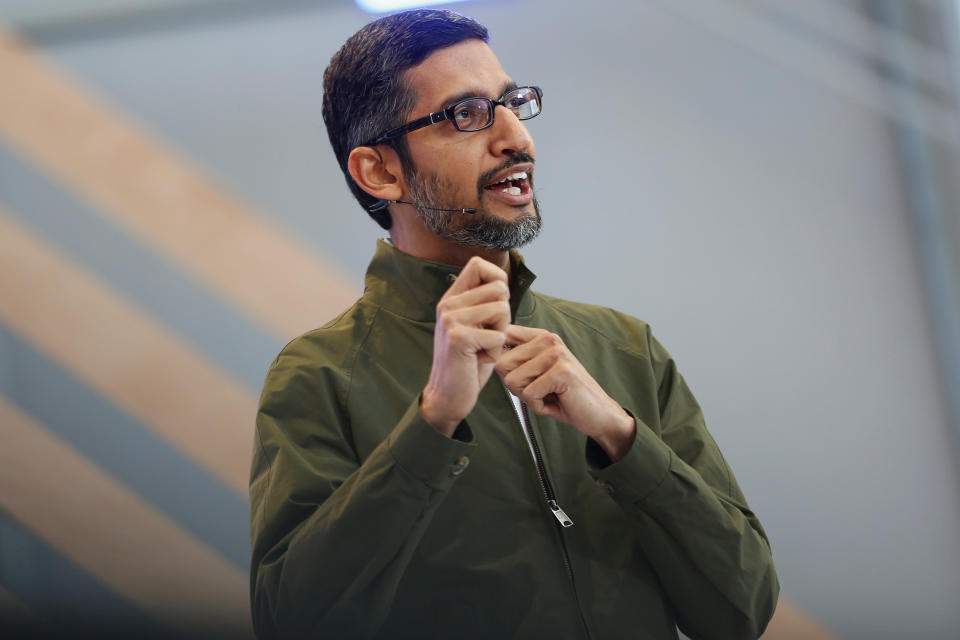
In a rapidly evolving financial landscape, the Marcus Teen Cashback initiative emerges as a groundbreaking effort to instill financial literacy and responsibility among teenagers. As digital banking becomes increasingly prevalent, this program offers a unique opportunity to integrate young consumers into a financially complex world with informed confidence.
Goldman Sachs, the parent company of Marcus, has long been recognized as a stalwart in the banking sector. With the introduction of the Marcus Teen Cashback program, the firm seeks to expand its reach to a younger demographic, aiming to cultivate financial acumen from an early age. This initiative is not merely a business strategy but an acknowledgment of the critical role that financial literacy plays in an individual’s life trajectory.
The Mechanics of the Cashback Program
The Marcus Teen Cashback program is designed to be both educational and practical. It provides teenagers with a debit card that allows them to earn cashback on purchases, a feature that serves as an incentive for responsible spending. The program is structured with several key components:
- Parental Oversight: Parents maintain control over the account, setting spending limits and monitoring transactions, which encourages a dialogue about money management between parents and their children.
- Educational Resources: The program is supplemented with resources that educate teenagers about budgeting, saving, and the importance of credit scores, thereby laying the groundwork for future financial stability.
- Incentive Structure: The cashback feature is designed to reward prudent spending habits, reinforcing the idea that financial decisions have tangible outcomes.
Global Context and Implications
Globally, the financial literacy of young people is a growing concern. According to a study by the Organisation for Economic Co-operation and Development (OECD), only one in four students in developed countries can understand complex financial concepts. Programs like Marcus Teen Cashback are crucial in bridging this knowledge gap.
The initiative also aligns with a broader global trend towards digital banking. As traditional banking models face disruption, digital-native solutions become more attractive, particularly to younger generations who are accustomed to managing their lives via smartphones and online platforms. The Marcus Teen Cashback program positions Goldman Sachs as a pioneer in adapting traditional banking practices to suit modern needs.
Challenges and Considerations
While the Marcus Teen Cashback initiative holds promise, it is not without its challenges. The primary concern is ensuring that the educational component is robust and engaging enough to capture and retain the interest of teenagers. Additionally, there is the challenge of maintaining security and privacy in a digital banking environment, which is paramount when dealing with minors.
Moreover, the success of the program largely depends on parental involvement. Without active participation from parents or guardians, the educational benefits may not be fully realized. Thus, the program must continue to innovate in how it engages both teenagers and their parents.
Conclusion
The Marcus Teen Cashback program represents a significant step forward in the effort to empower the next generation with essential financial skills. By integrating financial education with practical banking tools, Goldman Sachs is not only fostering responsibility but also preparing young individuals for a future where digital financial management is the norm. As this initiative continues to evolve, it will be crucial to monitor its impact and adapt to the changing needs of young consumers and their families.















